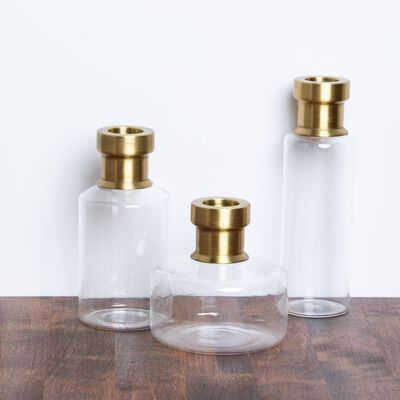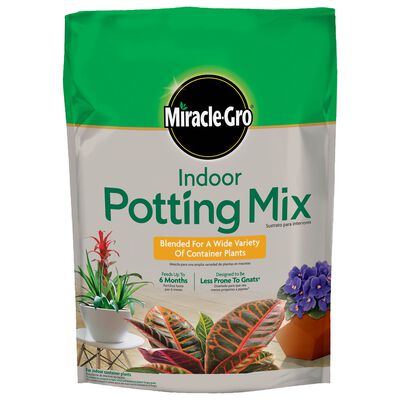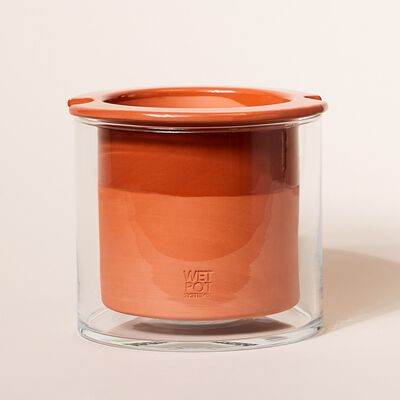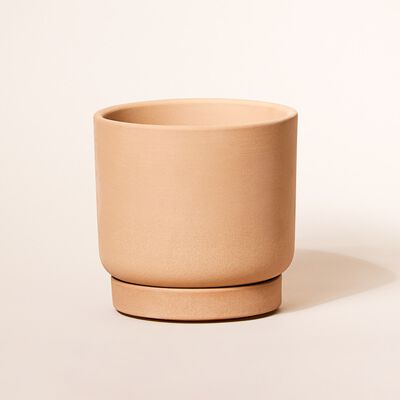When your plant’s foliage is getting wild, you trim it back. But what do you do with the cuttings? If you’re throwing them away, you might be wasting a great opportunity. Did you know that some plants can grow an entirely new plant just from a section of vine with active growth points? It’s true! All plants are gifts, but propagator plants are the gifts that keep on giving.
Once you learn how to propagate plants, it’s easy to create a home garden that’s brimming with new life. We’ll teach you everything there is to know about which plants can be propagated, how, and what you’ll need to do it right.
What is Propagation

Optional Fairly Long Video Title Here
Which Plants Can Be Propagated?
Not all plants can be propagated. Before attempting to propagate a plant, make sure it is one of the varieties that allow you to multiply your efforts. We recommend beginning with easily propagated plants, like:
Methods for Propagating Plants
Propagating Plants in Soil
In this technique, the cuttings are placed in soil. Eventually, the base of the cutting will grow roots in the soil and sprout new leaves. This is ideal for those who want to establish full-sized plants from their cuttings. If you like the look of your plant in a pot or are looking to gift a potted plant to someone, plants propagated in soil are the perfect fit.
Ideal for: Spider Plant
The best way to propagate a Spider Plant is to wait for your parent plant to send off pups. These little offshoots start as flowers on the vine before turning into baby spider plants. Look for small nodes that develop at the base of the pup. The nodes are what will turn into roots once planted in soil. Set the plant in a small pot of soil and give it some water to help it settle in.
Propagating Plants in Water
To root plants in water, all you need is a cutting and a vase with water. Even without soil or nutrients, cuttings in water can survive, develop roots, and continue to sprout new leaves.
This method won’t produce the same full-sized plants that the soil method does, but it’s about as low maintenance as you can get. Simply replace the water in the vase weekly to keep it fresh. These are perfect for setting in window sills, shelves, or in other small areas where you’d like to add a little life and color.
Ideal for: Marble Queen Pothos
Looking for an adorable way to dress up a window sill or bookshelf? Propagating Marble Queen Pothos Plants in our Propagation Vases is the easiest way to make a statement with limited space. The key is selecting the right vine on your parent pothos plant. Look for vines with a few leaves and small nodes. These nodes will grow into roots once set in water. Snip off the vine just below the node. Take off any lower leaves that will get submerged in the water of your vase. Then fill the vase with water and set the vine in water.
Ideal for: Rosemary
Rosemary is a hardy plant that looks great everywhere from backyard hedges to kitchen counters. Rather than buying multiple plants for each of these settings, just create them using water propagation. Cut off a sprig of rosemary that has fresh growth. Look for 4 to 5 inches of green stem. If the stem looks brown or woody, it’s old-growth and won’t propagate well.
Remove the bottom leaves from the sprig so they aren’t submerged when you place the rosemary in a glass filled with an inch of water. Refresh the water every few days. The rosemary should grow new roots in a few weeks, but it may take longer due to the temperature or time of year. As long as your sprig hasn’t turned brown or lost leaves, it’s healthy. Just be patient as it works to spread its legs.
What You'll Need
(5 Recommended)
Handy tools to keep your home filled with greenery.
What You'll Need
(5 Recomended)
Handy tools to keep your home filled with greenery.
Tools You’ll Need to Propagate Plants
Pruning Shears
Propagation Vases
Potting Mix
More to Discover
Keep your new plants growing strong with these expert tips.

A little dusting can go a long way!

We water, feed, dust, and even house our leafy friends in stylish pots—but what do our plants do for us?

Send your houseplants on a holiday in the sun.

There are tons of fun, creative ways to give someone homegrown joy.




